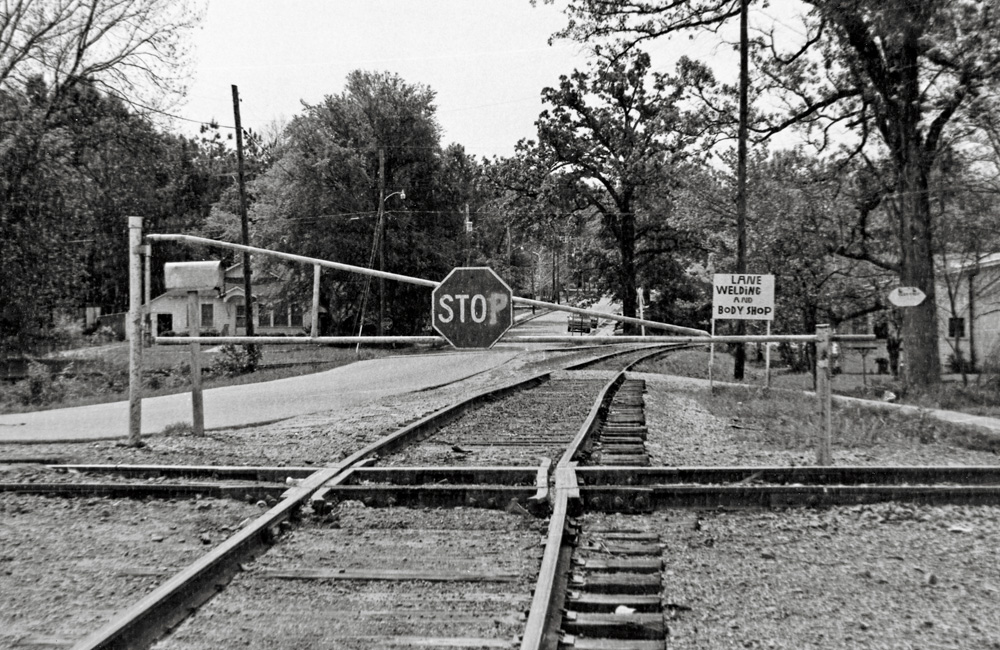
Q: I’m planning a small layout based on The Bay Line (BAYL), a north Florida short line, focusing on the Cottondale diamond crossing and CSX interchange. I found a fascinating picture of the diamond near the interchange in 1989, which shows a grade crossing-type gate across the railroad track just before the diamond. What would the rules have been to operate this? Would CSX trains have gone straight over the diamond, but BAYL would have had to call for permission or use some other safety system? – Christian Summers
A: That kind of gate across a railroad track is called a “smashboard,” for obvious reasons. It’s a kind of interlocking signal that provides an unmistakable indication that it’s been overrun.
Smashboards were used to protect lightly used grade crossings between two railroads. Not all crossings were used often enough to warrant an interlocking tower and towerman. Smashboards are less in use in these modern days of GPS locomotive tracking and Positive Train Control (PTC), but they were a lot more common in the eras many of us model.
The way they work is as simple as their construction. A smashboard is normally set against the “junior” route, which is the railroad to lay track through the crossing second. While trains on the senior line need to keep an eye out for trains on the other route, in general they can proceed through the diamond without stopping. Trains on the junior route, on the other hand, must stop at the diamond. A member of the train crew must look both ways and listen to determine if there’s a train coming on the senior route. Only after the senior route is determined to be clear can the engineer blow the horn, order the gate opened (thus blocking the senior route), and cross the diamond. The gate is then closed behind the train, which can then proceed on its way.
It’s the responsibility of the junior railroad’s engineer to make way for traffic on the other route. Trains on the junior route will usually be scheduled to take the other railroad’s schedule into account. Depending on the era, this traffic check might also include a radio call to a dispatcher.
Older smashboards were made of wood (hence the name). Later gates across the railroad track were made of cheaper, but more durable, welded steel pipe. If you’d like to model such a smashboard on your layout, Mike Tylick wrote about how he scratchbuilt one to protect a diamond on his On30 Marshfield & Old Colony layout in our September 2022 issue.
Send us your questions
Have a question about modeling, operation, or prototype railroads? Send it to us at AskTrains@Trains.com. Be sure to put “Ask MR” in the subject.






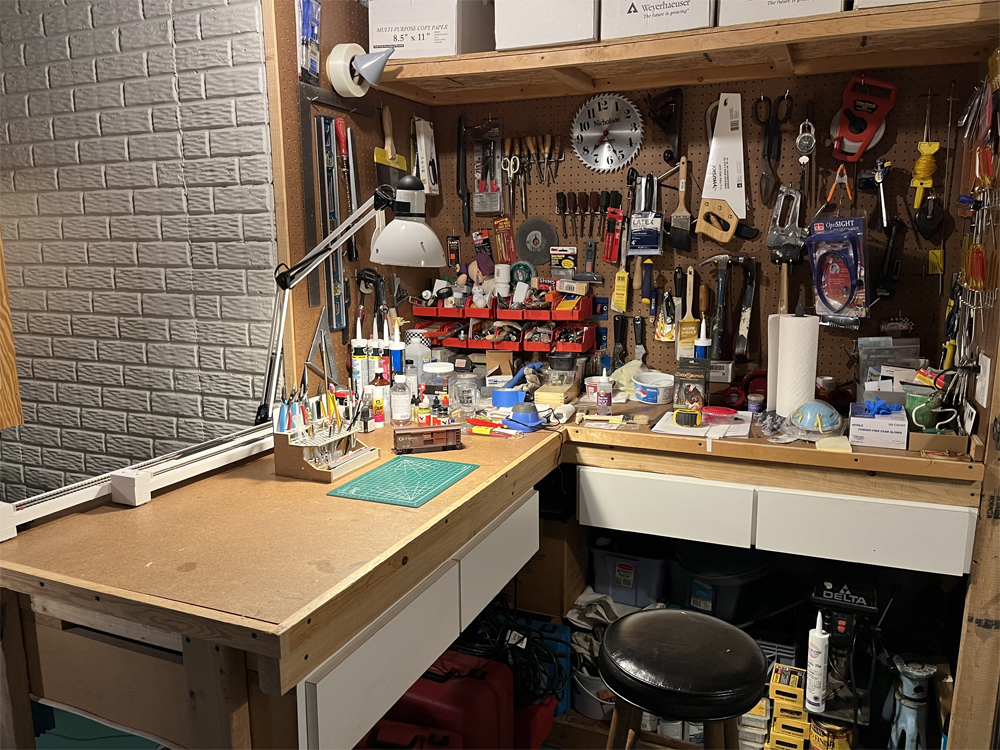
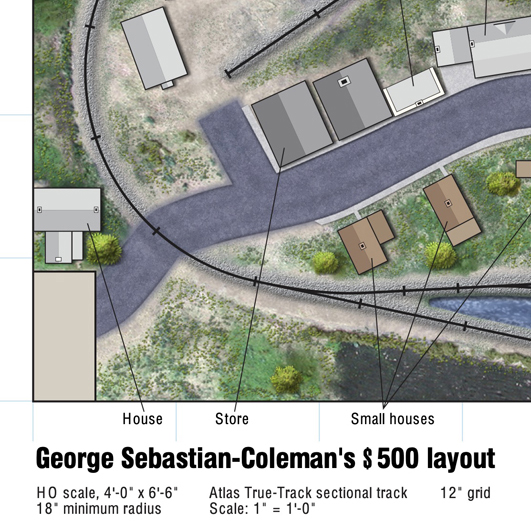
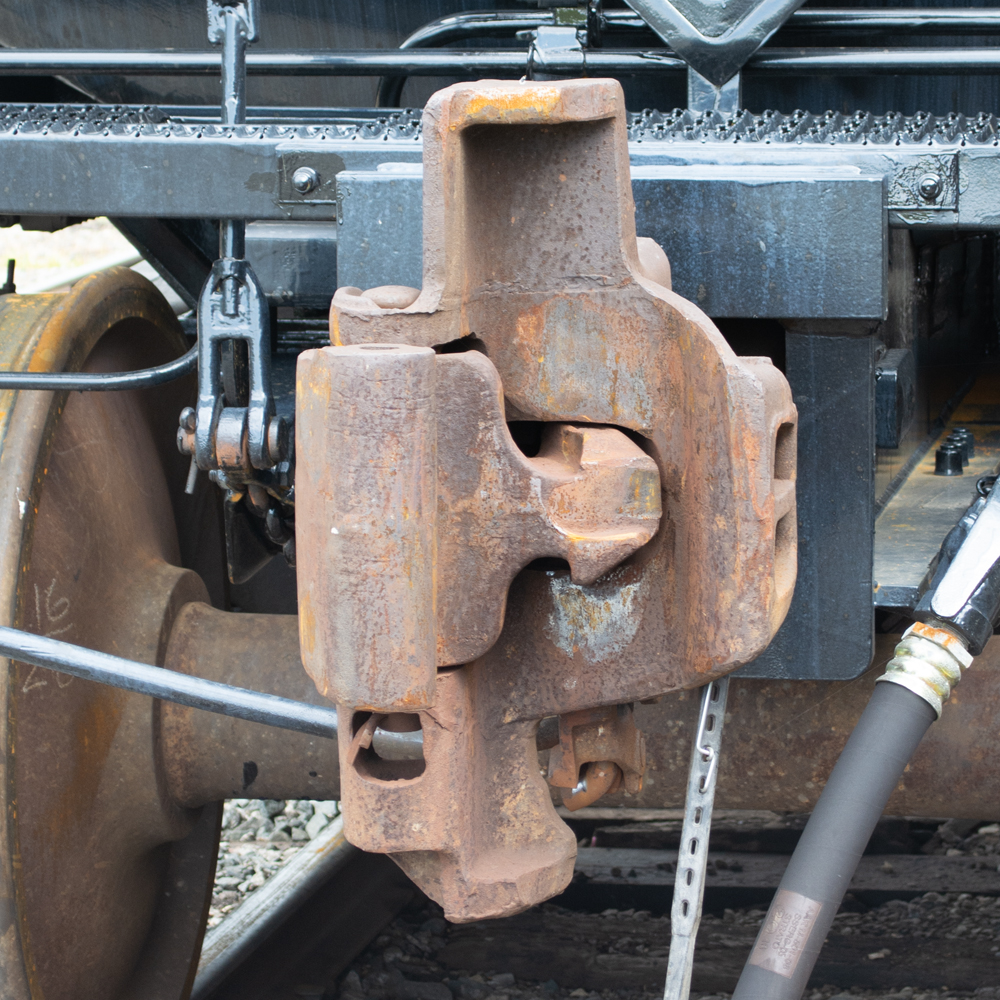
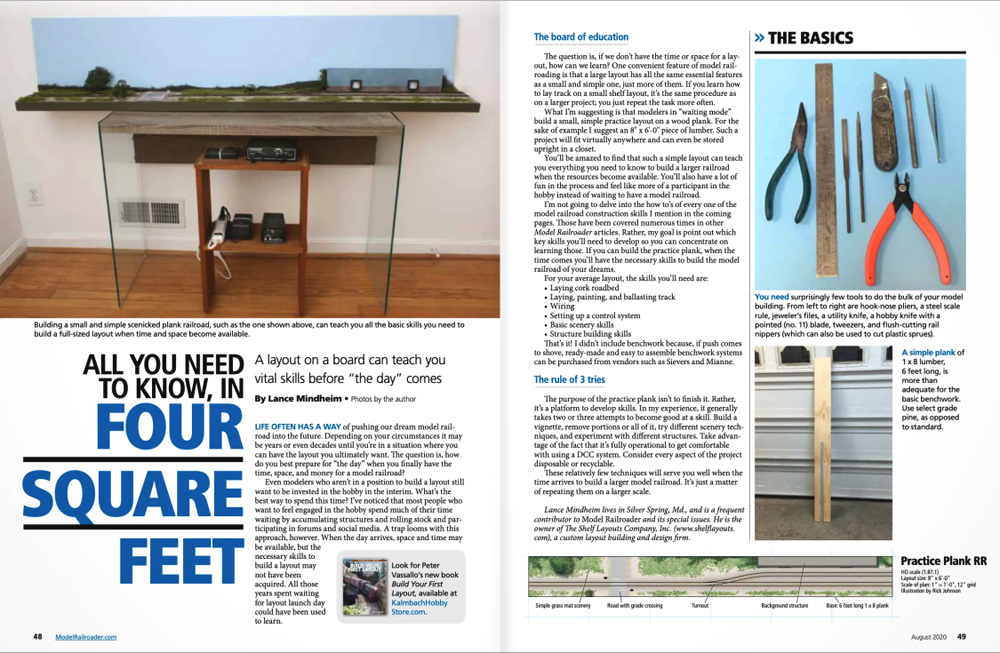




I’ve never heard of a gated crossing referred to as a “smashboard”. That was a term more commonly used to designate a device on a signal that came down across the track when the signal was at “stop”. Think of a semaphore-like object (with an enlarged “paddle” or circular “target” at its end). It was used to provide a more visible indication at critical locations, such as the drawbridge at Newark, NJ on the PRR some years ago.